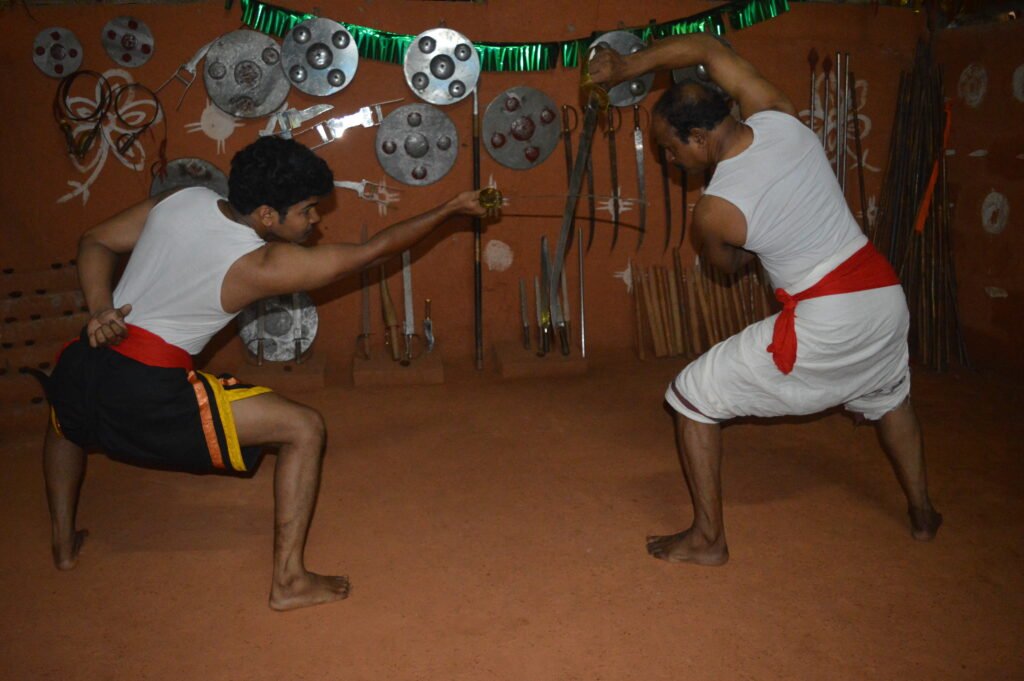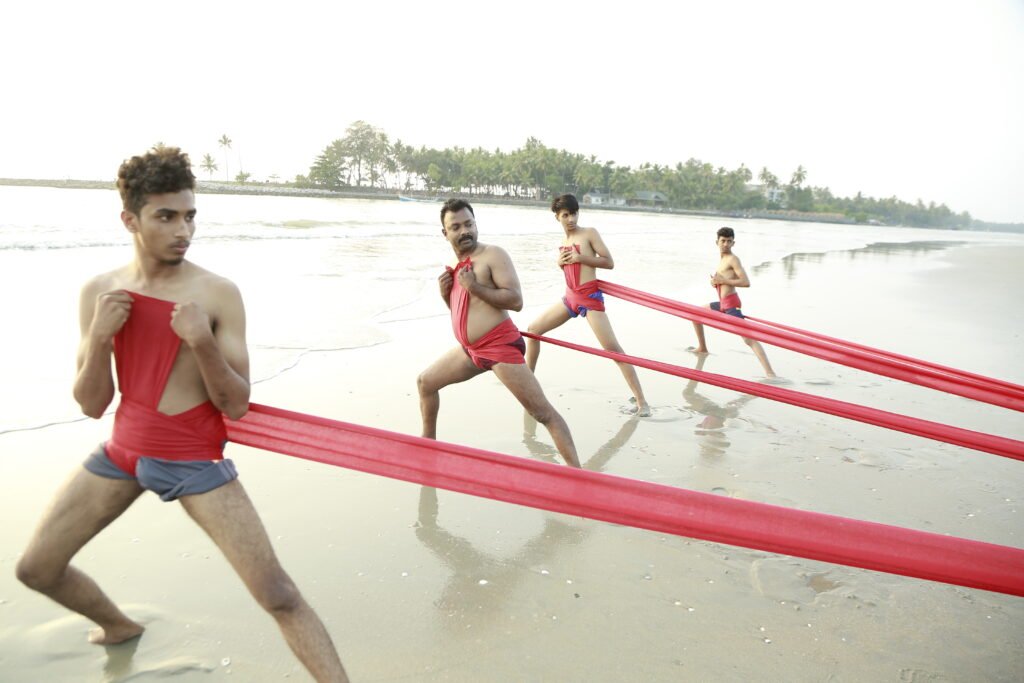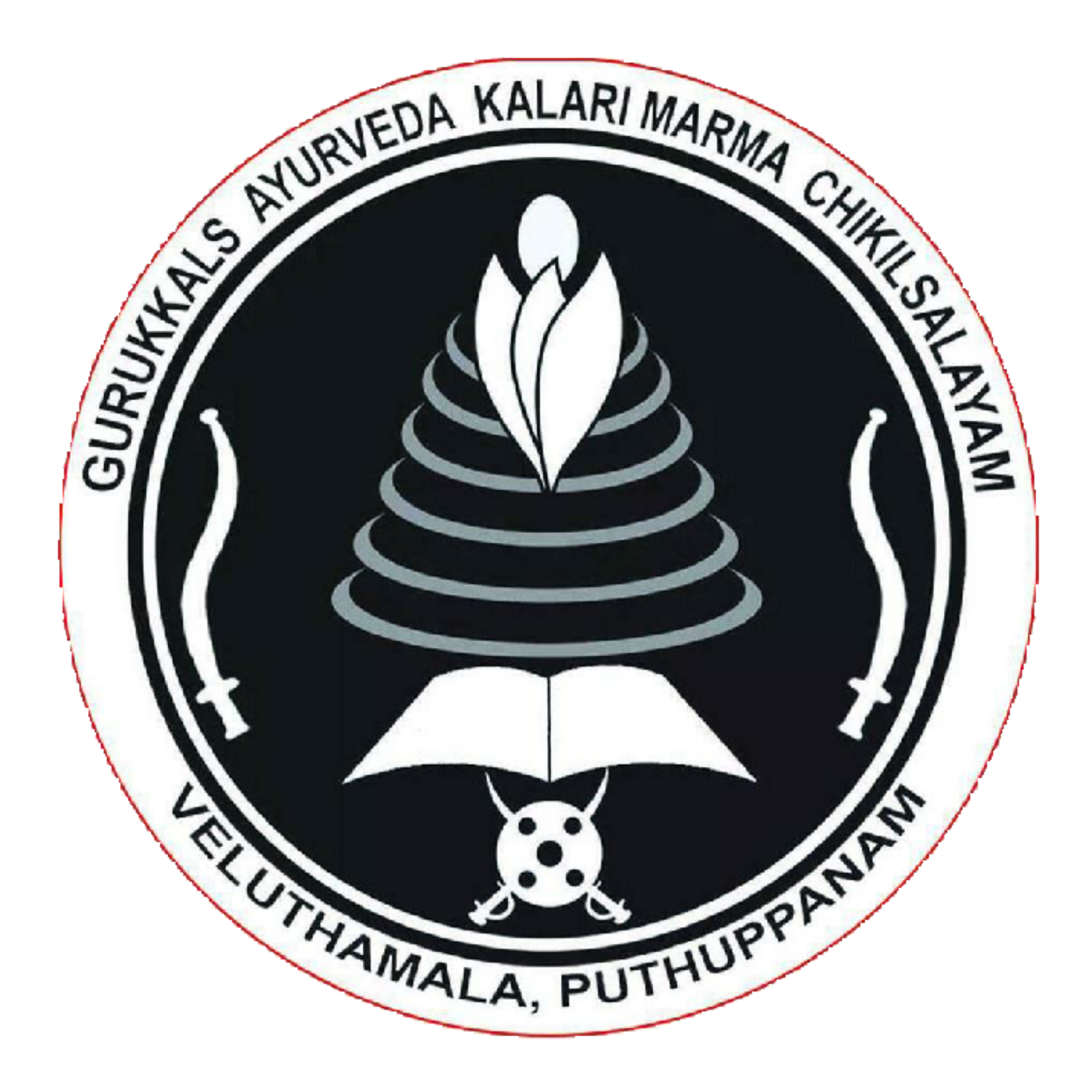Kalaripayattu is an Indian martial art and fighting style that originated in modern-day Kerala. Kalaripayattu is also mentioned in the Vadakkan Pattukal ballads written about the Chekavar from the Malabar region of Kerala.
Like most Indian martial arts, Kalaripayattu contains rituals and philosophies inspired by Hinduism.The art also bases medical treatments upon concepts found in the ancient Indian medical text, the Ayurveda. Practitioners of Kalaripayattu possess intricate knowledge of pressure points on the human body and healing techniques that incorporate the knowledge of Ayurveda and Yoga. Kalaripayattu is taught in accordance with the Indian guru-shishya system. Kalaripayattu differs from many other martial arts systems in the world in that weapon based techniques are taught first, and barehanded techniques are taught last.


Elements from the yoga tradition as well as finger movements in the nata dances, were incorporated into Kalaripayattu. A number of South Asian fighting styles remain closely connected to yoga, dance and performing arts. Some of the choreographed sparring in Kalaripayattu can be applied to dance and Kathakali dancers who knew Kalaripayattu were believed to be markedly better than other performers. Some traditional Indian classical dance schools still incorporate martial arts as part of their exercise regimen.


Kalaripayattu requires years of practice which begins when one is very young, the body flexible and the muscle supple. This is our traditional martial art form and it is neglected nowadays. It has come to a stage when we will only accept something if it comes to us from outside. Look at what happened to yoga, it became all fashionable here when the west took to it. Practicing kalari teaches combat, defends and self control. One can attack or get ready to attack but also know when to stop. Kalari gives the confidence in day today life situations. It is more relevant today when people pay no attention to exercise. Moves can be incorporated into daily activities, fewer cases of back ache and neck pain. Regular yoga practice also creates mental clarity & calmness, improves strength, balance and flexibility. Slow movements and deep breathing increase blood flow and warm up muscles, while holding a pose can build strength. All together we provides kalari and yoga practice to patients to improve posture, increase flexibility build muscle strength boots metabolism, increased blood flow and self esteem.
